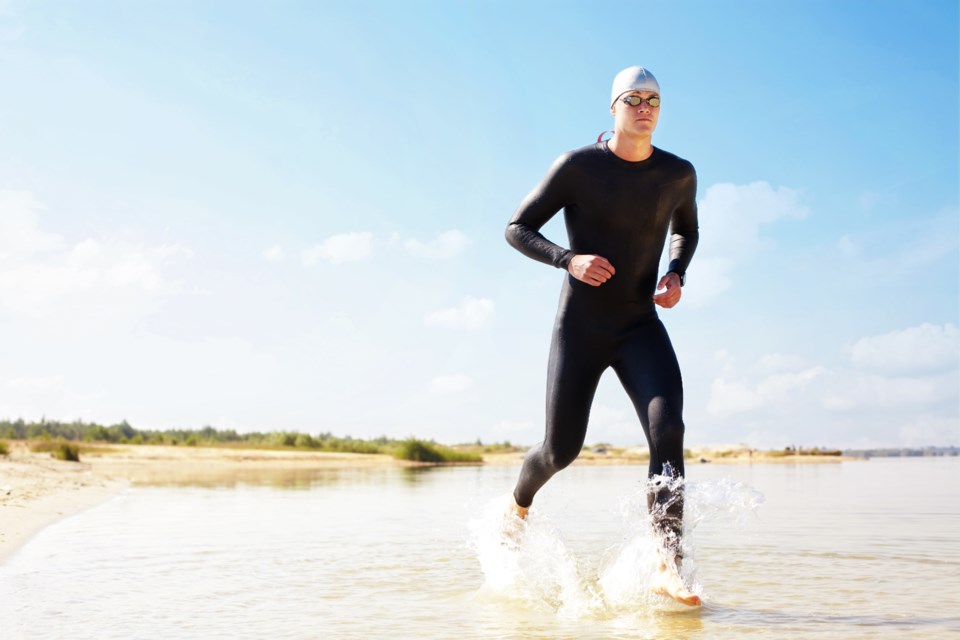A University of Guelph study has pitted the heart health of elite runners against that of elite swimmers, information the lead researcher says might some day help the average person to improve their own heart health
The study, titled Left Ventricular Structure and Function in Elite Swimmers and Runners, was led by Prof. Jamie Burr in the Department of Human Health and Nutritional Sciences. Burr is himself a triathlete and also played varsity-level water polo while he attended York University.
The department had conducted an earlier study on the heart health of elite runners, Burr said Human Health and Nutritional Sciences took advantage of comparing it to the results from athletes participating in a FINA World Championship swimming event held in Windsor in 2016.
The study compared echocardiogram results between 16 elite swimmers and 16 elite runners, with all athletes competing at the international or Olympic level.
“We had an opportunity where the world championships in swimming happened in Canada for the first time ever and it was a pretty cool opportunity,” said Burr.
“If you spend a lot of time in the water in a different body posture, where your blood returns to the heart quite easily, is that different from training on land where you are upright and the blood has to fight against gravity to get back to your heart,” said Burr of one of the questions the department was trying to answer.
The study found differences in heart function between runners and swimmers. Runners were able to to fill their hearts full of blood more rapidly than swimmers.
“Swimming requires a lot of upper body strength, which can impact the heart having a lot of muscle tissue around the ribcage. You are also holding your breath, which can affect the pressure put on the heart.” He said.
Runners were also shown to have lower resting heart rates, despite the fact that swimmers often log more training hours.
“The fact that runners have a lower resting heart rate is likely connected to their hearts’ enhanced ability to refill, and possibly blood volume. These findings support the concept of sport-specific differences in left ventricle function.” Said Burr.
The study has applications in how to best train for elite athletes, but Burr said it may also tell something about the average person.
“How do we get from the untrained to the elite athlete? How do we get there and what are those differences, do they matter and if so, why?,” said Burr. “I think the important message is that exercise is good for almost everybody and elite athletes who have been training at the highest level for a very long time we see adaptations that are better than Joe Blow.”
Eventually, the department may be able to determine the optimal cardiovascular stress for someone who wants to build a healthier, stronger heart in a specific way and which method of exercise training may be preferable to another.
“Everybody wants to know what does this mean? Who has the better heart?” said Burr. “If someone has cardiovascular disease, perhaps they should do an exercise that is less demanding on the heart or causes it to adapt in a different way.”
“Unfortunately, people think you run a study and then you know the answer. It usually leads to more questions.”
The department plans to study the differences in heart function over the course of training to determine what adaptations occur. Burr said he would also like to continue the study with different kinds of swimmers.
